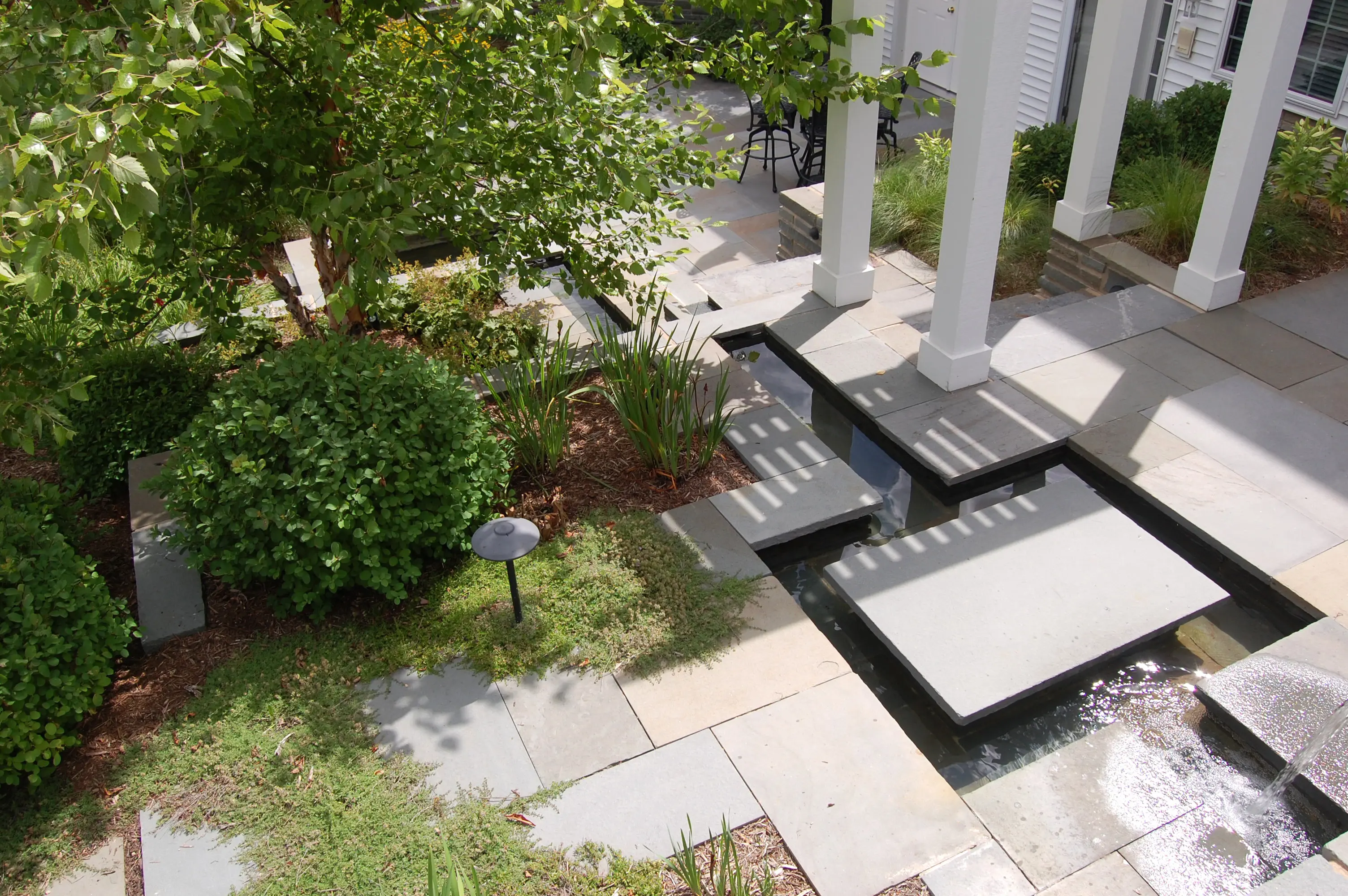

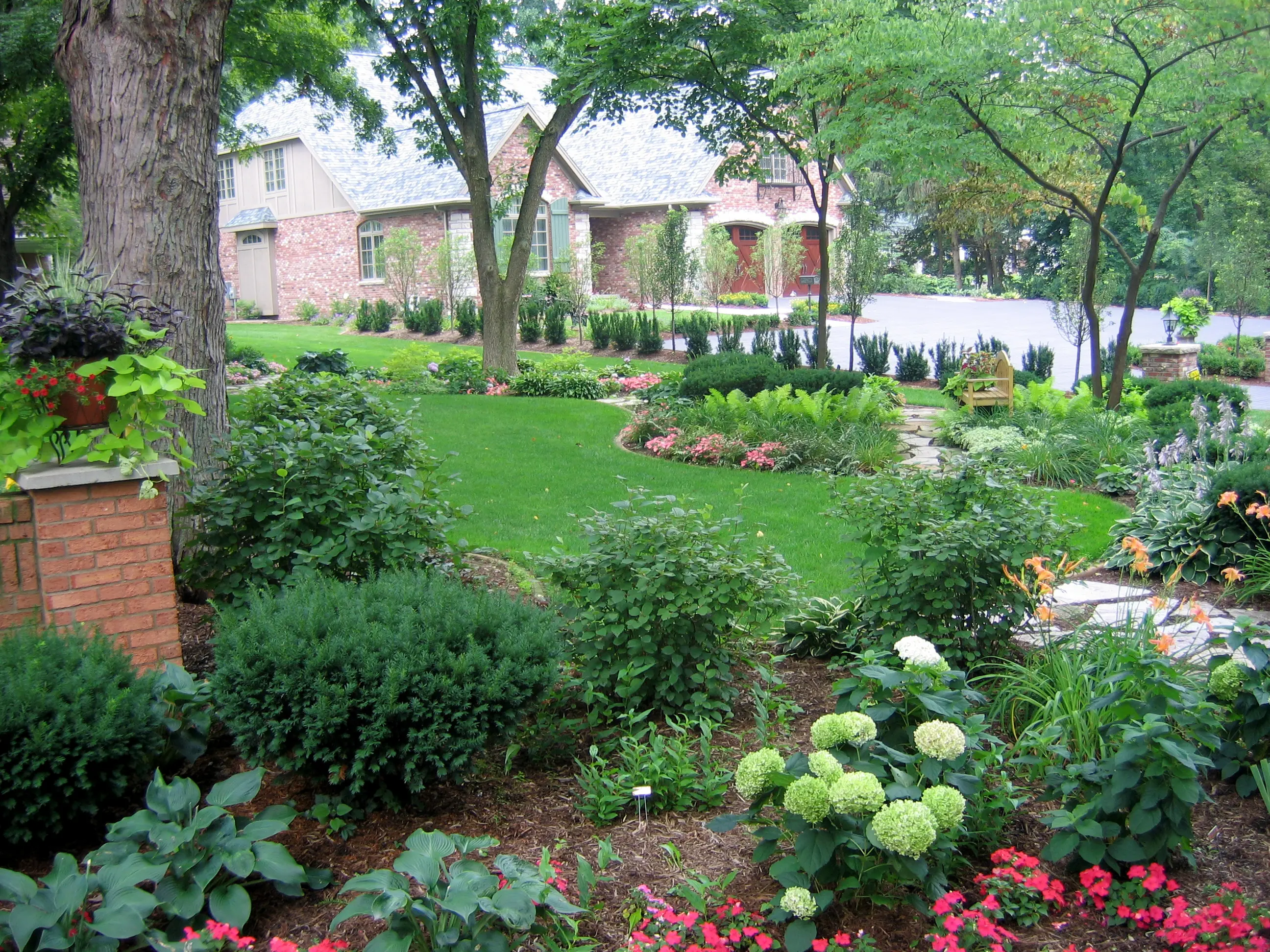
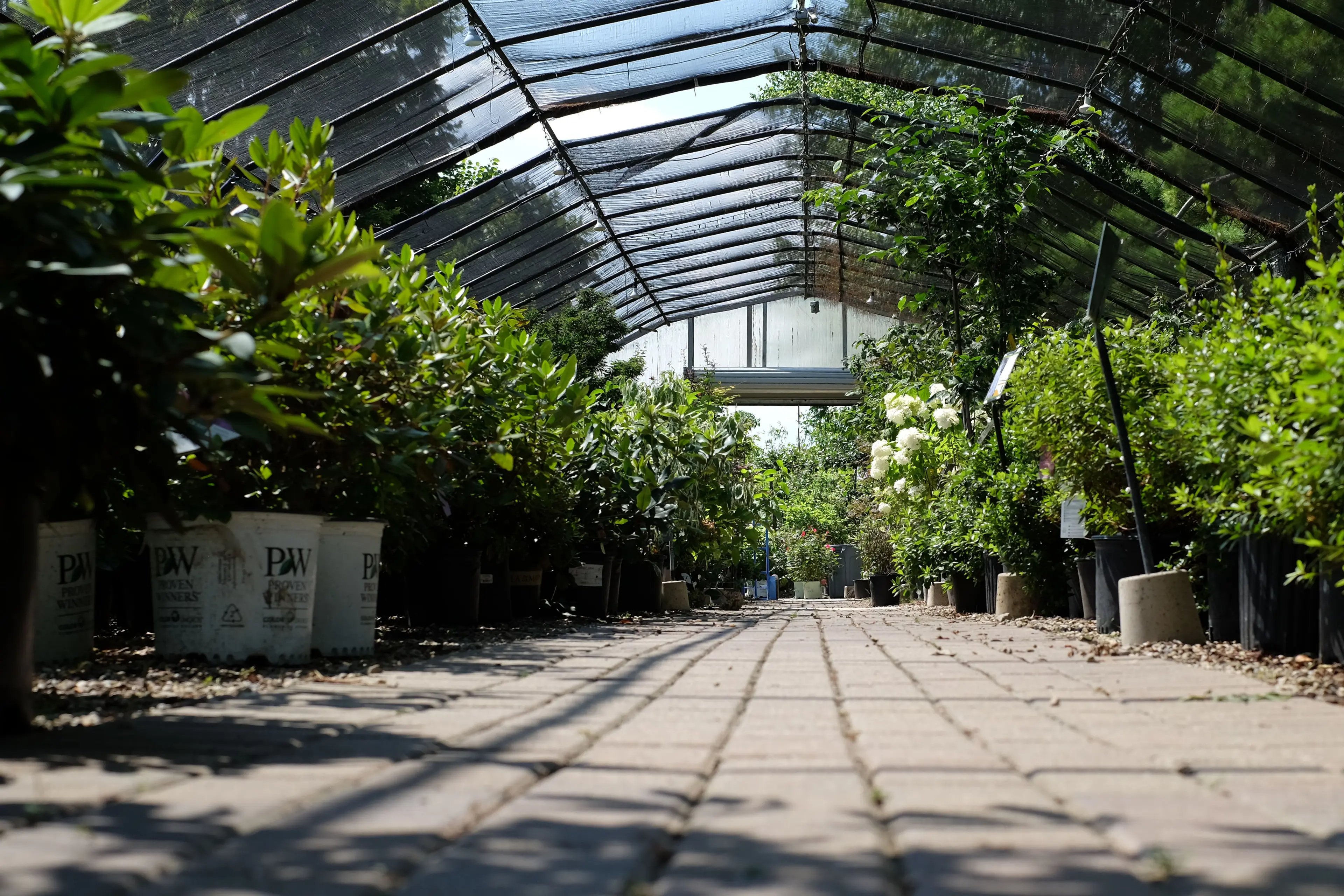
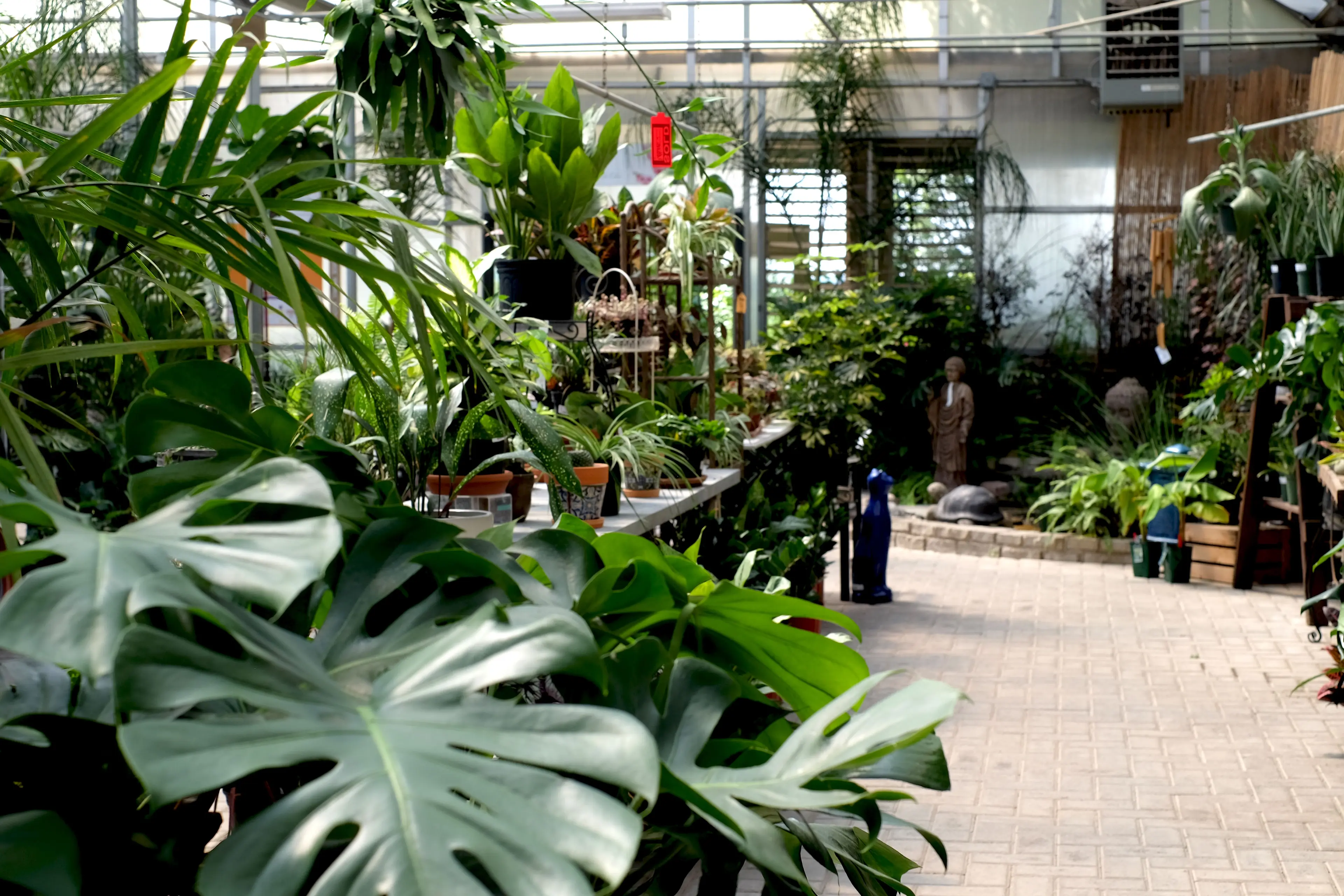
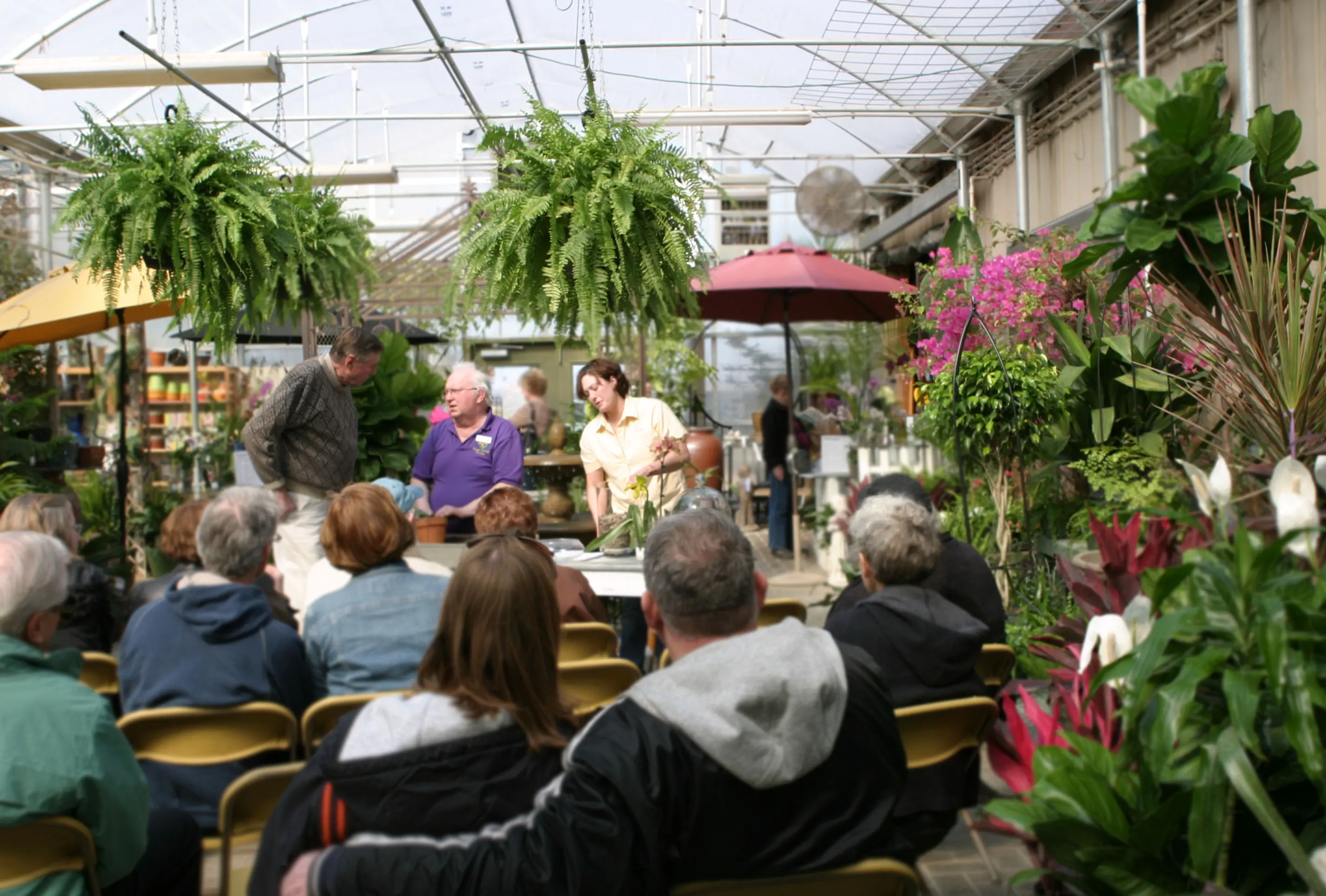
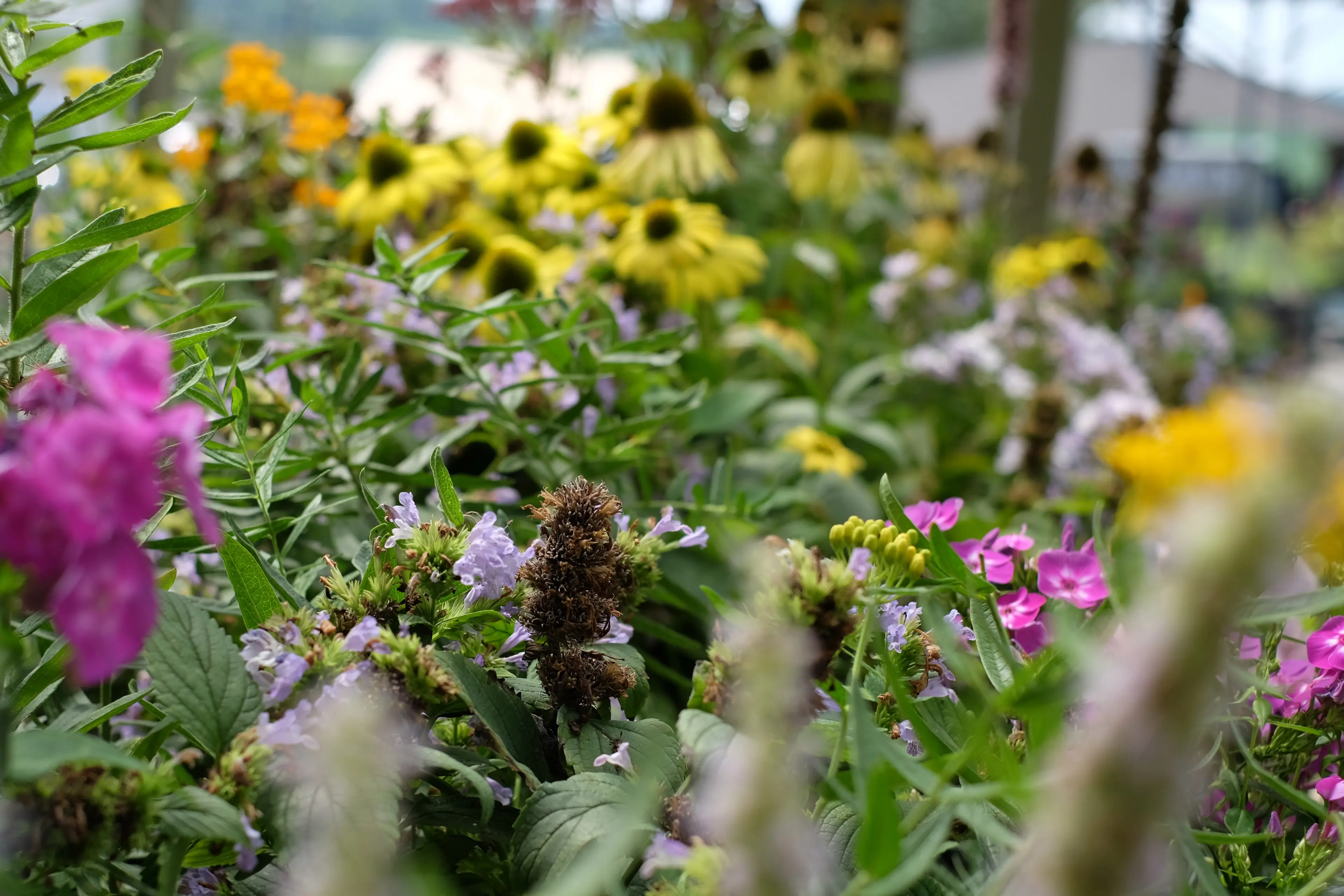

Garden Center
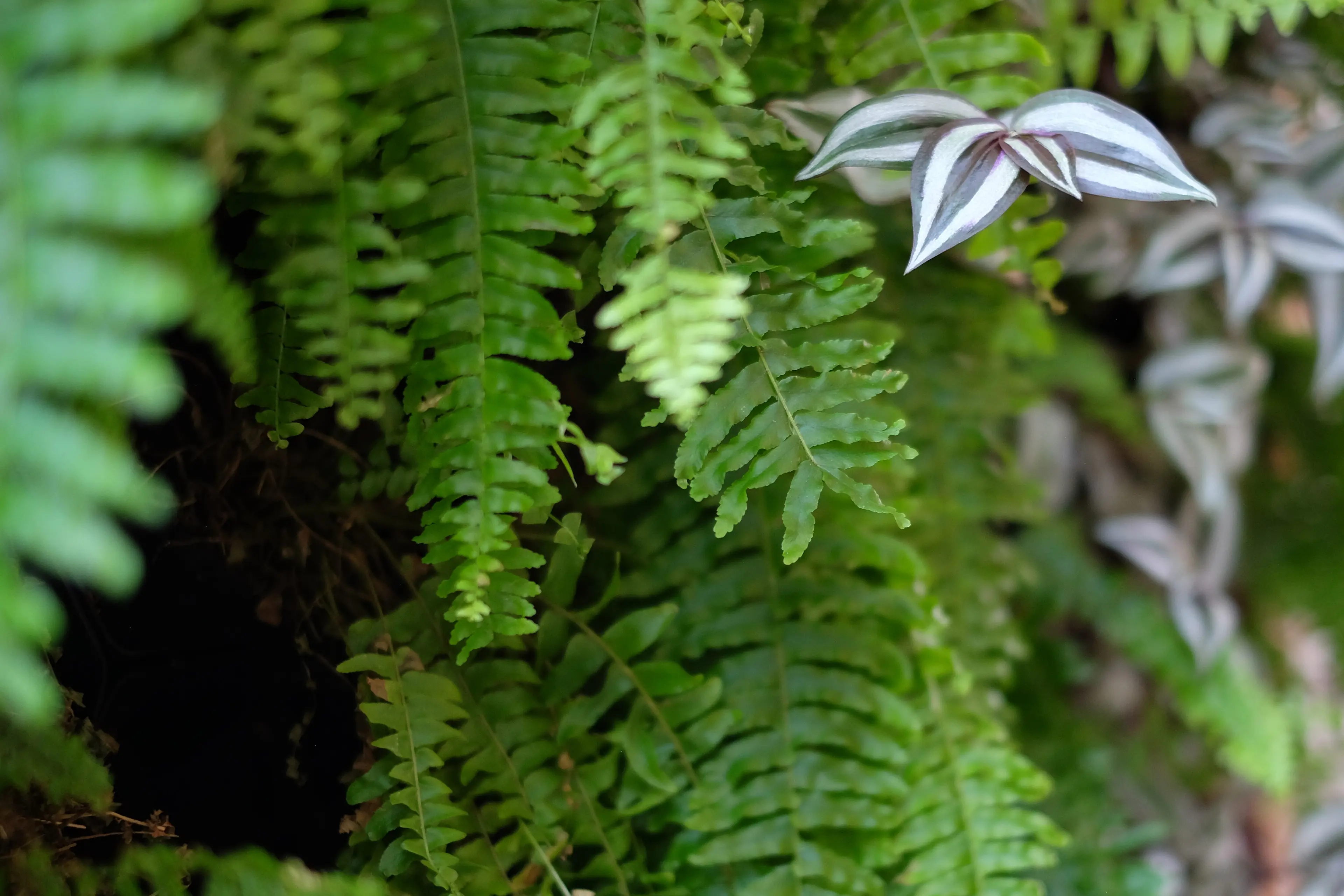
Planting for Spring Interest
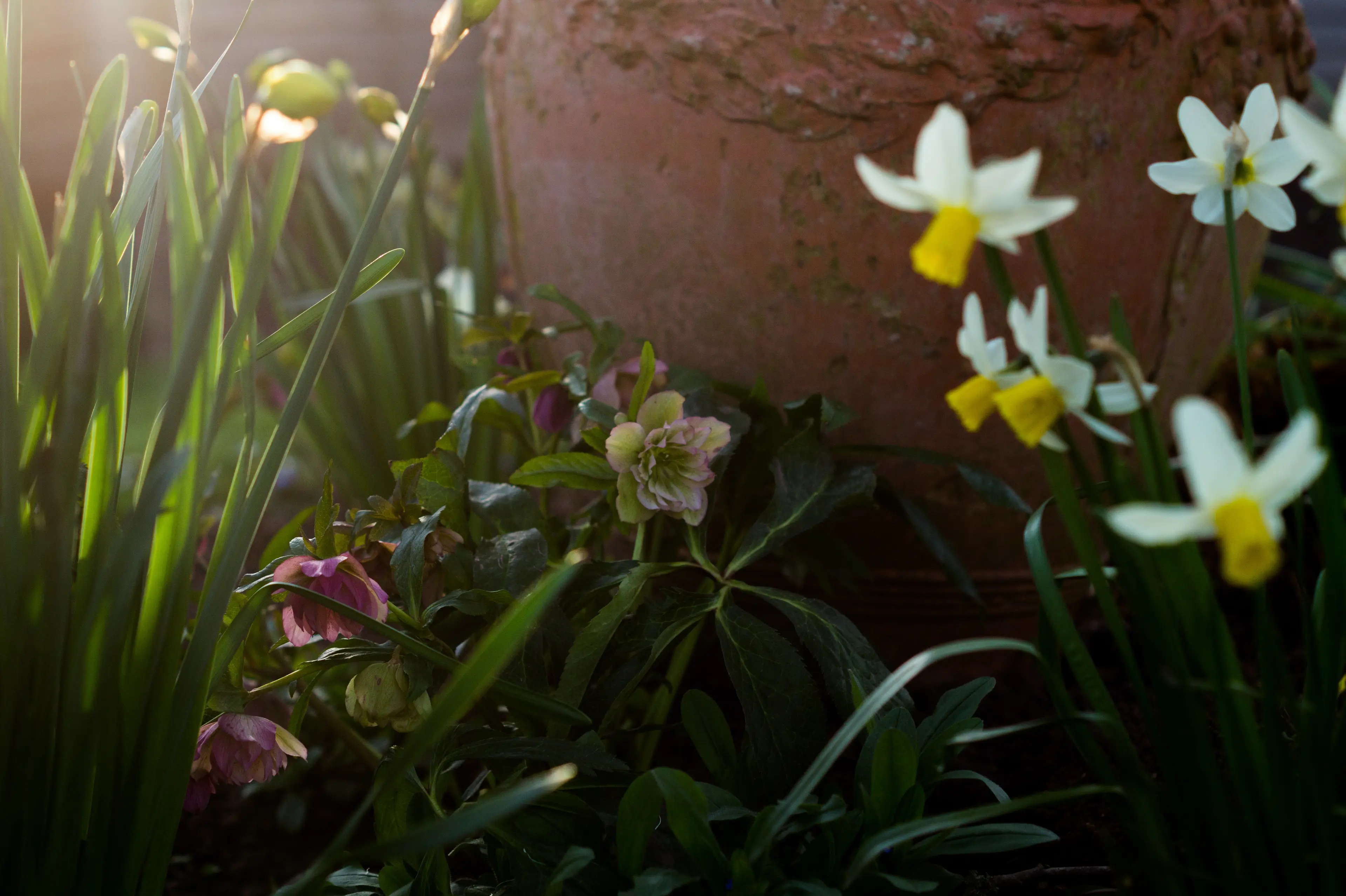
When the harshest days of winter are over and the days begin to sit just above freezing temperatures, the first glimmers of springtime appear in the form of buds and blooms. Soft pink magnolia blossoms, wispy witch hazel flowers, lush green leaves emerging from underground bulbs, and fragrant crabapple blooms bring dozens of eager gardeners to the garden center early in the season every year, often before our plants have even been pulled from the safety of their winter storage! However, by planting just a few months in advance, you can enjoy a spring display from your window without dragging out your trowel and garden hose in the chilly early spring.
This article will discuss perennials, shrubs, and trees you can plant in the fall while still thinking spring!
Bulbs
By far the easiest way to establish early, cold-hardy spring color is to sow bulbs in the fall. Bulbs can be sold individually or in mixed packages, so you can mix-and-match to your color preferences or opt for a pre-selected blend that’s been curated to provide harmonious colors and textures. Simply drop them in the ground at a depth 3x the width of the bulb and forget them until they erupt in late winter. Bulbs also have the added benefit of saving space – plant between shrubs and perennials you know to be larger, because by the time your other plants are flushing with new spring growth, most bulbs will be going dormant for the year.
Tulips

These bulb-forming members of the lily family are a long-standing garden staple, and for good reason. Their graceful, fleshy leaves and brilliant coloring stand out in an otherwise dormant garden bed or border. They come in a wide variety of sizes, ranging from between 4” and 28” in height, with most of them standing between 12” and 18”. Tulips also boast an impressive array of colors! Choose from white, ivory, yellow, orange, coral, pink, red, purple, black, and more to fit your personal style.
Hyacinths
These short, stout flower towers are widely adored for their scent and cheerful Easter colors. Most often sold in pink, yellow, and blue tones, these pastel, star-shaped blossoms offer lovely contrast when included in mixed plantings with other spring bulbs such as tulips and daffodils. Their modest size allows them to be inserted in otherwise too-crowded spaces.
Daffodils
These lovely, old-world bulbous perennials look wonderful in a variety of gardens, from naturalized wooded areas to mixed cottage borders and oriental-inspired landscapes. Beyond the classic yellow-and-white coloration, careful cultivation has yielded hues in the blush pink and butter yellow range, as well as added considerable texture to the petals. Ideal for a cut flower garden or simply to add some lush, green texture to a bed even after spring has gone. The scent of the bulbs, imperceptible to humans, is repellant to squirrels, who will leave neighboring bulbs alone, too!
Perennials
While most perennials will remain dormant until the daytime temperature consistently sits above freezing, there are some species that offer their most impressive displays in the early spring. While these should be planted for spring interest before the plants have gone dormant in the fall, if you're working ahead, say in August or early September, the species discussed here would have time to root in and overwinter just fine in your yard!
Hellebores, or ‘Lenten-roses’
These perennials have a glowing reputation as being among the very first plants to bloom in the late winter and early spring, often well before the last frost has occurred. Their common name, Lenten rose, refers to the rose-like petal organization and the fuzzy yellow stamens in the center of the flower. Hellebores are available in colors ranging from creamy white to ruby red and even as dark as black, while also boasting intricate foliage. Aside from their lovely flowers and leaves, hellebores are also a great selection for shady places, and they have the added benefit of tasting pretty awful to deer and rabbits, who are known to leave them be.
Bleeding Heart
These elegant, woodland floor perennials feature delicate ferny foliage and strands of otherworldly blossoms that resemble hearts cracked open like eggs. The flowers are naturally pink, but certain cultivars have deep red flowers instead. These are super cold-hardy, early bloomers, and during years with particularly warm spring weather they can bloom as early as late February.
Shrubs
Shrubs are the foundation of the landscape, anchoring property lines, defining pathways, and providing structure for garden beds and borders. Their year-round woody frameworks provide visual height and interest, as well as essential structure for nesting birds and wildlife. In the very early spring, many woody plants begin their season with gorgeous blooms that have a distinctly woodland character, highlighting the unique beauty of plants native to colder zones.
Forsythia

Azaleas and Rhododendrons
Both of these species are renowned for their showstopping displays of delicate, beautifully colored, freckle-dappled spring flowers. Despite having a reputation for being finicky, many gardeners as far north as zone 5 have reported success with azaleas and rhododendrons, owing mostly to placement in an area with dappled light and slightly acidic soil. For those willing to coddle these semi-evergreen shrubs, the rewards are great: each plant will be blanketed with white, pink, red, or purple flowers for season after season.
Ozark Witch Hazel
A shrub or small tree with a very interesting silhouette, flower, and method of seeding, witch hazel is both aesthetically unique and an important player in native Midwestern woodland habitats. The yellow pompom-shaped flowers of Vernal witch hazel appear along smooth grey branches in the late winter, usually before other trees have begun to stir from their winter rest. It’s an important pollen source for early-season pollinators and a great choice for gardeners hoping to naturalize their yard or wood line. Witch hazel is also a favorite of herbalists and natural skincare enthusiasts, as its bark can be boiled into an antiseptic astringent.
Trees
The largest (and therefore showiest) options for establishing spring interest in your garden include these beautiful ornamental trees. Because a good portion of their stored energy is dedicated to blooming, these trees tend to be smaller than shade trees, and so can be situated in areas where a 30-foot tall plant would be inappropriate. Beyond their stature and longevity, trees are significant landscaping anchors because they greatly affect your yard's light and temperature situation.
Redbud
These north American native trees are among the first to bloom in the spring, often appearing as sprays of purple amidst the browns of the wooded understory. Redbuds are beautiful, highly adaptable trees that tolerate a wide variety of light and soil conditions, and look stunning planted in groupings or as standalone specimens. Their modest size allows them to be inserted even in tiny landscapes, and there are several cultivars that boast exciting foliage (from the green-to-orange gradients in the Rising Sun cultivar to the Black Pearl's burgundy that verges on black) and interesting silhouettes, such as Lavender Twist's weeping form. The blossoms are considered one of the earliest abundant nectar sources in the springtime.
Magnolia
Some of our most requested trees at Green View every spring are the pink magnolias with saucer-shaped flowers that erupt as early as March and as late as mid-May. These slow-growing landscape anchors are best established young, so they can grow into a landscape over time; however, for the less patient (and who can blame them?), there are dwarf varieties that sit nicely against a fence line or in the corner of an established bed. The glossy green foliage the follows the flowers through the summer is no less stunning, as is the sleek grey wood, which makes a lovely winter feature when laced with ice and snow.
Crabapple

Finally, the mighty crabapple, with its myriad cultivars, deserves some spotlight in any list that highlights spring blooms. Whether you prefer a 10 or 30 foot tall tree, with pink or white blossoms, that produces shiny red fruits or none at all, there is truly a crab for every landscape style and individual taste. Cultivation advancements have yielded plenty of varieties that boast excellent disease and pest resistance, effectively fortifying a species with fruits so tempting that birds, small mammals, and pollinators alike are inevitably drawn to them. These trees are, therefore, cornerstone selections for migratory animals and, when placed correctly, can quickly become a bird-watcher's spring paradise.